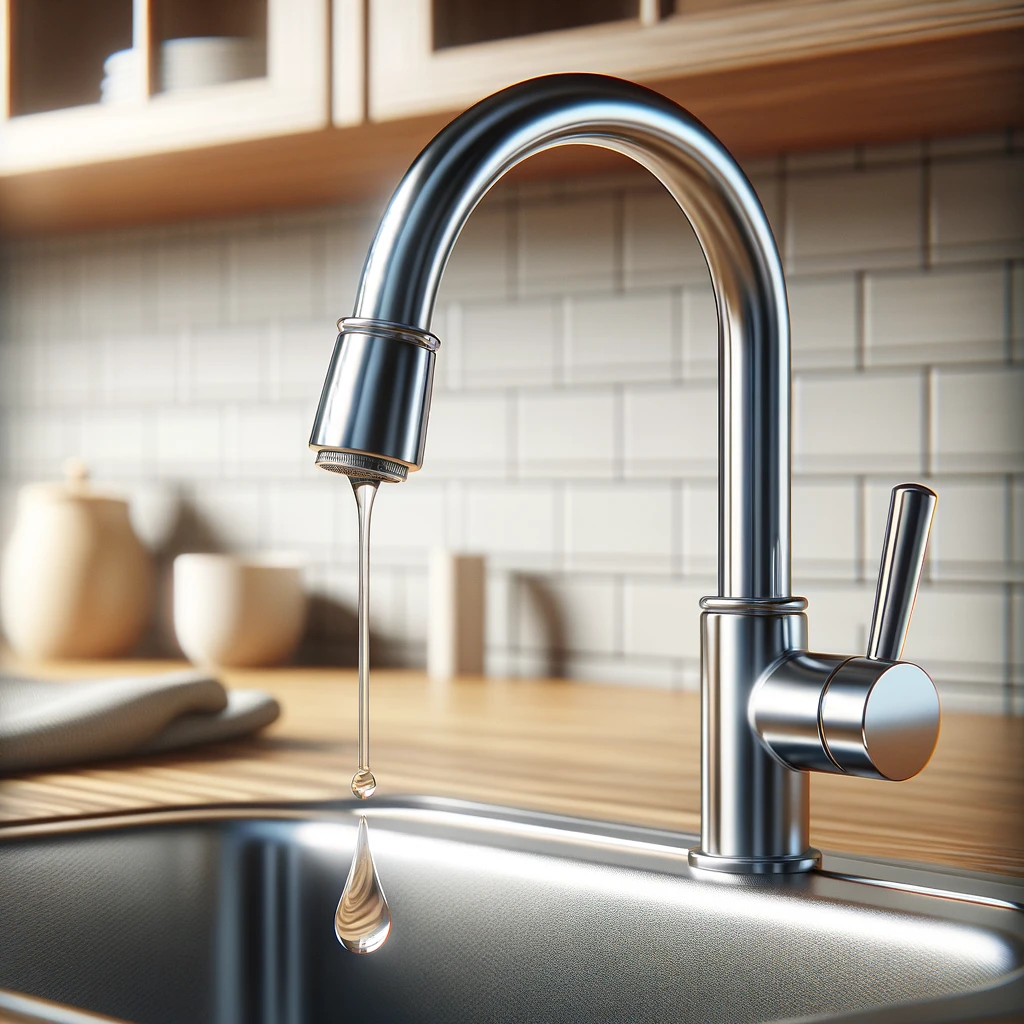Encountering plumbing or gas fitting dilemmas often prompts homeowners to ask a plethora of questions as they navigate the troubleshooting process before considering the expertise of a professional plumber or gas-fitter. Below, we address these frequent inquiries, empowering you with the knowledge to tackle common plumbing challenges confidently.
Boosting Low Water Pressure
Several culprits, including clogged pipes, leaks, or municipal water supply issues, can lead to low water pressure. Enhance your troubleshooting with these steps:
Survey Multiple Faucets: Determine whether low pressure affects the entire home or a single outlet.
Clean the Aerator: Unscrew this small screen at the faucet’s tip and rinse away any sediment.
Investigate for Leaks: Examine areas under sinks and in the basement for any leakage signs that could diminish water pressure.
Halting a Dripping Faucet
Drips often stem from worn washers or gaskets within the faucet mechanism needing replacement. Here’s how to address this:
Understand Faucet Anatomy: Familiarize yourself with the components, including the handle, spout, and valve.
Shut Off Water Supply: Locate the valve under the sink to cease water flow.
Faucet Disassembly: Remove the handle and valve with appropriate tools, replace the faulty washer, and reassemble.
Resolving Constant Toilet Running
Faulty flapper valves, unbalanced floats, or overflow pipe complications can cause your toilet to run incessantly. Solve this by:
Adjusting the Float: Prevent water from entering the overflow tube by tweaking the float level.
Inspecting the Flapper: Ensure it seals correctly; replace if worn or improperly seated.
Unclogging Drains Effortlessly
Address blockages with a plunger or plumber’s snake for immediate relief. Persistent clogs, however, may require a professional plumber’s attention.
DIY Fixes for Leaky Pipes
While minor leaks can be patched with plumbing tape or epoxy, significant issues necessitate pipe replacement or professional intervention.
Cease Water Flow: Turn off your home’s main water supply.
Apply a Temporary Fix: Dry the leak area, then apply epoxy or wrap with plumbing tape.
Ensuring Adequate Hot Water
Inadequate hot water can arise from sediment buildup, faulty heating elements, or an undersized water heater. Regular maintenance and thermostat checks can prevent these issues.
Routine Plumbing Inspections
To avert major plumbing setbacks, conduct biennial inspections, or more frequently for older systems. Regularly check for moisture under sinks and listen for abnormal running water sounds.
Navigating Hard vs. Soft Water
Hard water, rich in minerals like calcium and magnesium, can accumulate in pipes, diminishing their efficiency. Combat this by installing a water softening system and routinely cleaning appliances to prevent mineral buildup.
Detecting Gas Leaks
Stay vigilant for the telltale signs of a gas leak: a sulfur-like odor, hissing sounds, or dying vegetation near gas lines. Prioritize safety by evacuating the area and contacting professionals without delay.
Troubleshooting Water Heater Issues
When hot water is scarce, verify your water heater’s power source and operational status. For gas units, ensure the pilot light is active. Refer to the manufacturer’s guidelines for specific troubleshooting steps.
Safety First
Tackling plumbing repairs requires caution. Avoid undertaking tasks that exceed your expertise, as this could endanger your system’s integrity. When in doubt, consulting or hiring a professional plumber or gas-fitter ensures safe and effective solutions.
If you are needing assistance from a certified journeyman plumber/ gas-fitter get in touch with us by clicking here. We are happy to help!

